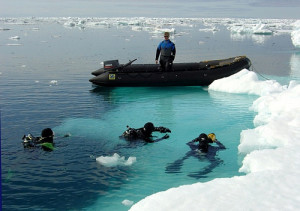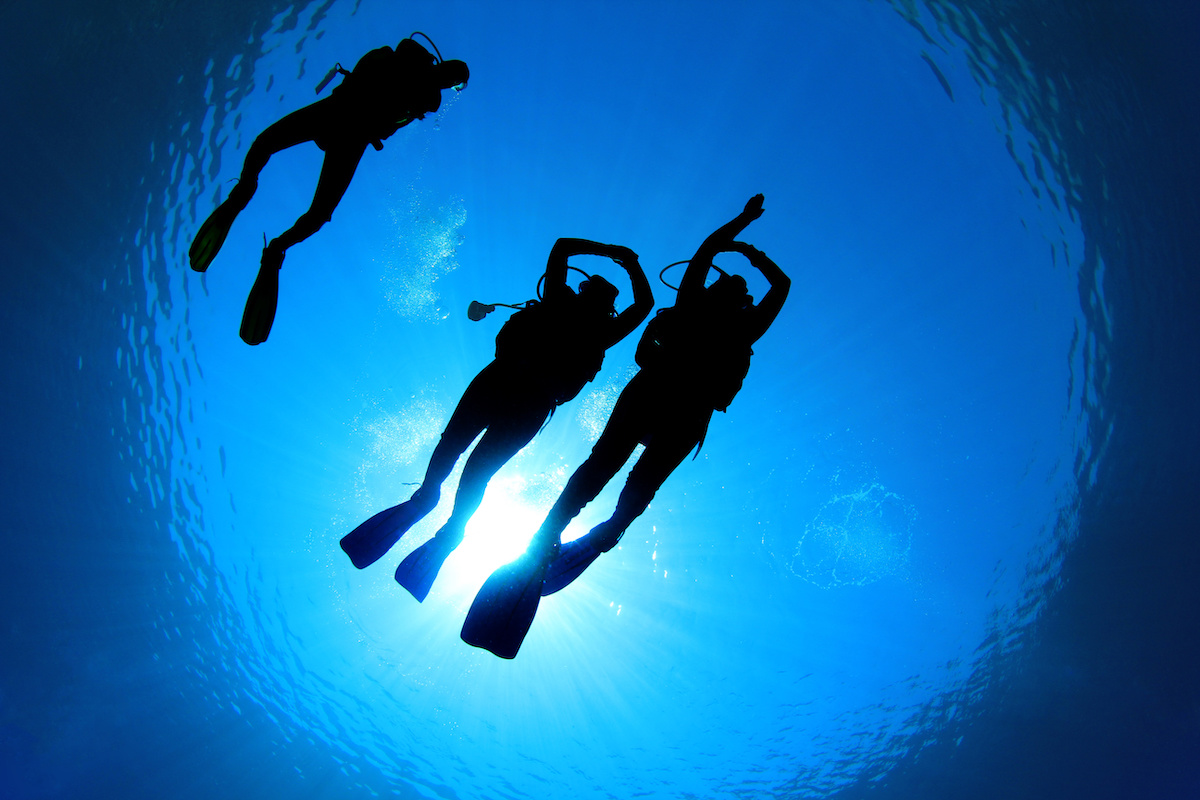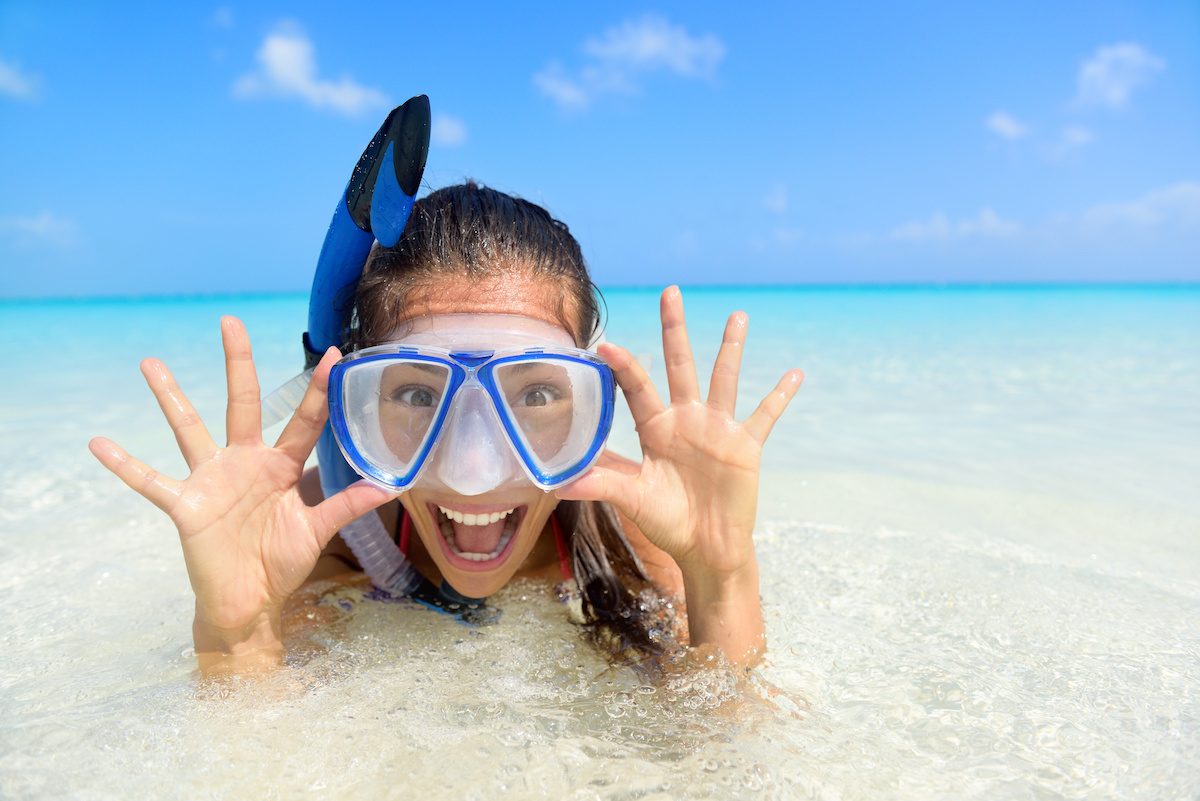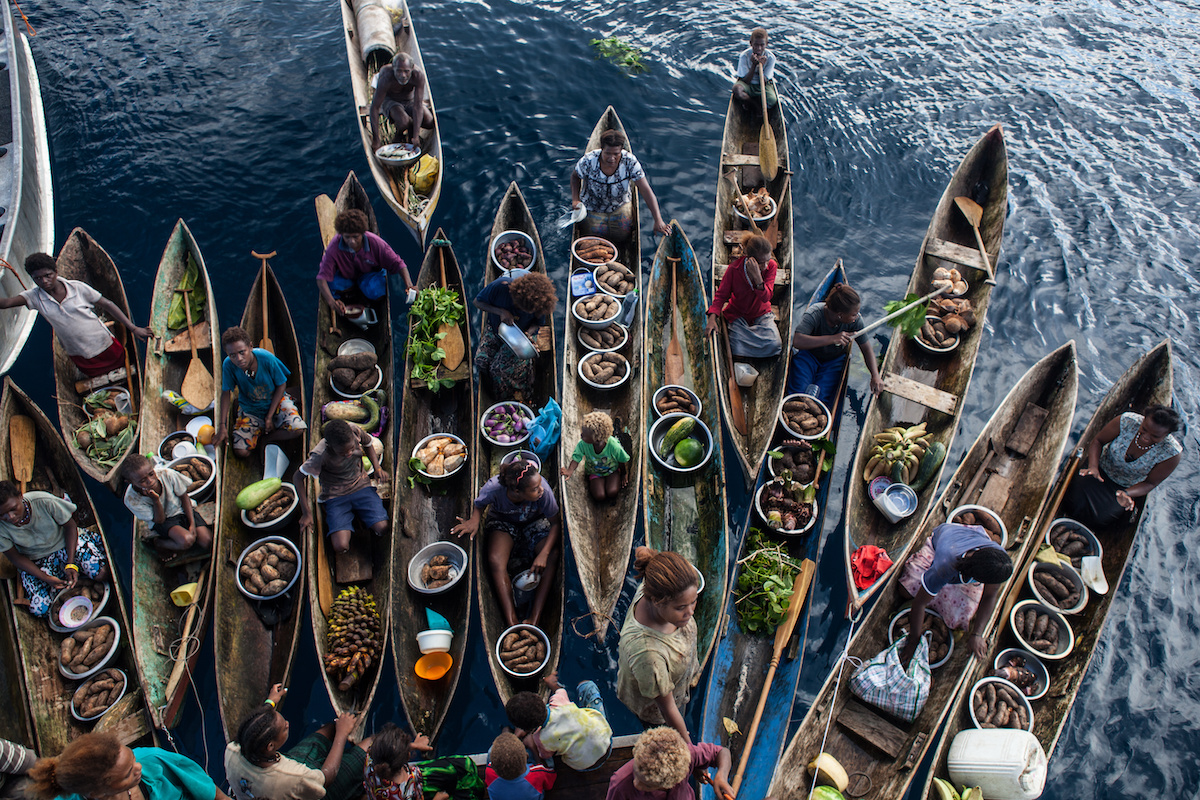Antarctica might not be the first choice when it comes to planning a scuba diving trip but one diver has frequently visited the frozen continent over the last ten years to assist scientists with their research.
Most diving enthusiasts head to exotic scuba diving destinationssuch as the Caribbean, Maldives or Red Sea resorts for scuba diving holidays but Antarctica is home to some extraordinary sites thanks to its spectacular sea ice formations and marine species.
Henry Kaiser is a diver, filmmaker, and musician who has spent the last decade helping scientists with their research by taking part in research dives off the Antarctic coast. Kaiser helps with research across all areas from seal and penguin studies to the effect that global warming is having on the arctic.
The diver explained how the weather this year has had an impact on the Ross Sea, near the McMurdo scientific research station. The sea ice in McMurdo Sound is thin and the snow is thick, resulting in big implications for the scientists who work out on the sea ice.
The sea ice is thinning – approximately 20-foot-thick in some areas – and it cannot cope with the weight of snowmobiles and larger tracked vehicles that are used by scientists to travel across the frozen ocean.
Antarctica saw much heavier snowfall than usual this year which covered the ice and acted as insulating blanket. This blanket of snow prevented the low temperatures on top of the ice forming thicker sea ice below the surface.
While it might not be one of the most popular spots for scuba diving due to its freezing temperatures, Antarctica boasts an array of magnificent diving sites and marine creatures. The southernmost continent is roughly 1.5 times the size of the United States and the region is almost completely covered by an ice sheet that is said to be one mile thick. If this ice sheet were to melt, the world’s oceans would rise by 200 feet.
During scuba diving adventures, divers can explore the sea beneath the layers of thick ice and visit the walls of huge icebergs or swim along the ice-floes through beautiful bright blue and green waters.
Despite being one of the world’s coldest scuba diving destinations, Antarctic has no shortage of marine species and divers can catch sightings of seals, kelp walls, jelly fish sea snails, starfish crabs, sea butterflies, Antarctic fish, shrubby horsetails, sea hedgehogs, plus swimming penguins, sea lions and leopard seals.







Leave A Comment